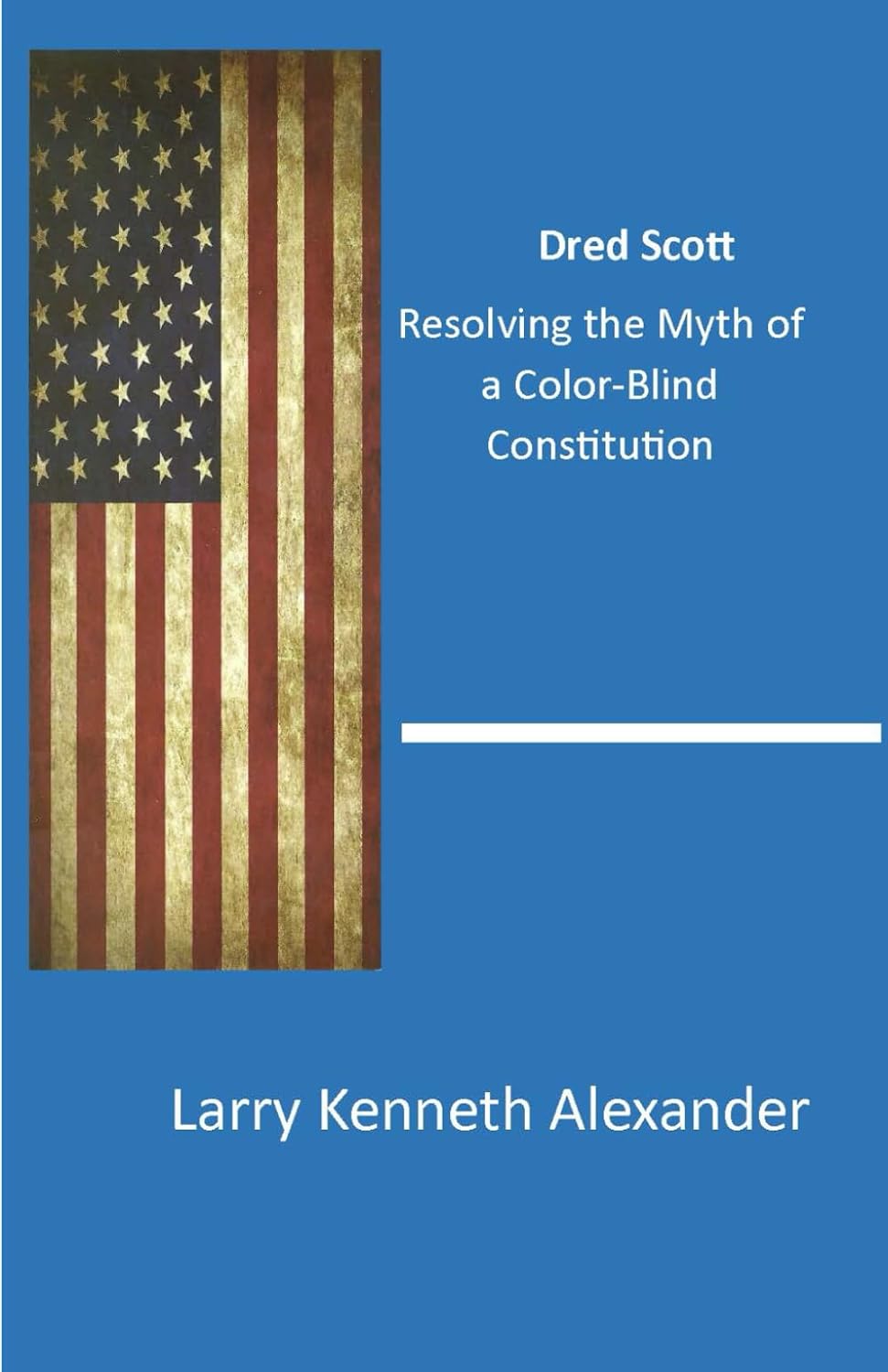
By Larry Kenneth Alexander
The U.S. Supreme Court in the infamous Dred Scott v. Sandford case did not suddenly imagine that Blacks had no rights that white men were bound to respect in 1857. Parliament’s Declaratory Act of 1766 abolished all hereditary slave resolutions, votes, orders, and proceedings ten years before the Declaration of Independence in 1776 and six years later in 1772, England’s Court of the King’s Bench in the James Somerset v. Charles Stewart case struck down all colonial American slave laws when it ruled slavery was not “allowed and approved by the laws of this Kingdom,” yet they remained enslaved. Black colonials suffering as slaves held the same legal status as white colonials when the Declaration of Independence was announced in July 1776.
Does the Constitution care about race? or, put another way, is the Constitution color-blind?
The Supreme Court’s analysis in Dred Scott of the Framers’ original intent found a “perpetual and impassable barrier that was not intended to be erected between the white race and the one they had reduced to slavery.” The Dred Scott decision, in effect, determined the Constitution is not “color-blind” with its findings that the Declaration of Independence never intended to include or acknowledge “the class of person who had been imported as slaves nor their descendants” and “the negro might justly and lawfully [be] reduced to slavery for his benefit,” – which is still “good law.” A color-blind constitution is a myth.